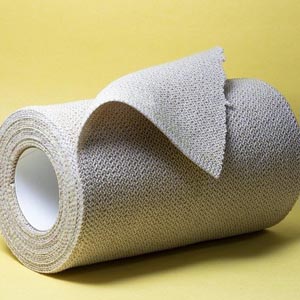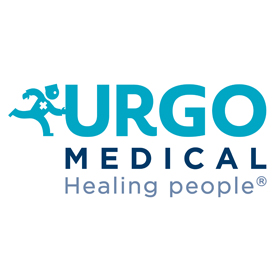Impact of the wound hygiene concept on wound contraction: an experience by ‘Vulnologia ASL3 Regione Liguria’

Submitted: July 24, 2023
Accepted: August 17, 2023
Published: December 14, 2023
Accepted: August 17, 2023
Abstract Views: 197
PDF: 37
PDF (Italiano): 139
PDF (Italiano): 139
Publisher's note
All claims expressed in this article are solely those of the authors and do not necessarily represent those of their affiliated organizations, or those of the publisher, the editors and the reviewers. Any product that may be evaluated in this article or claim that may be made by its manufacturer is not guaranteed or endorsed by the publisher.
All claims expressed in this article are solely those of the authors and do not necessarily represent those of their affiliated organizations, or those of the publisher, the editors and the reviewers. Any product that may be evaluated in this article or claim that may be made by its manufacturer is not guaranteed or endorsed by the publisher.
Similar Articles
- Alberto Garavello, Margherita Lo Ponte, Stefania Gilardi, Paola Fiamma, Massimo Tozzi, Recurrent venous leg ulcers: clinical analysis of an experience , Italian Journal of Wound Care: Vol. 3 No. 2 (2019)
- Giuseppe Nebbioso, Viviana Nebbioso, Carmela Orefice, Francesco Petrella, Ciro Falasconi, Health literacy, empowerment and communication in wound care management , Italian Journal of Wound Care: Vol. 2 No. 2 (2018)
- Katia Feliziani, Arianna Dichiara, Giovanna Faccenda, Marco Romanelli, Battistino Paggi, Empowerment and patient-centered care: A therapeutic educational project for patient with venous ulcers. A pilot study , Italian Journal of Wound Care: Vol. 5 No. 1 (2021)
- Carla Pezzuto, Nadia Felisi, Nadia Crispini, Ilaria Rosso, Use of photobiomodulation with blue light in the treatment of ulcers of various etiology in spinal cord injured patients: a case series , Italian Journal of Wound Care: Vol. 7 No. 2 (2023)
- Fiorella Riservati, Negative pressure therapy: costs and benefits , Italian Journal of Wound Care: Vol. 2 No. 3 (2018)
- Giuseppe Nebbioso, Ciro Falasconi, Viviana Nebbioso, Francesco Petrella, Antiseptics and control of bacterial load in venous ulcers , Italian Journal of Wound Care: Vol. 2 No. 2 (2018)
- Margherita Farì, Maurizio Mercuri , Alessandro Scalise , Continuity of care in the management of pressure lesions: An information leaflet for hospital-territory collaboration , Italian Journal of Wound Care: Vol. 5 No. 1 (2021)
- Elsa Vitale, Lucia Rosa De Angelis, Francesco Germini, Techniques and solutions used in cleansing ulcers: a review of the literature , Italian Journal of Wound Care: Vol. 4 No. 1 (2020)
- Laura Dettori, A Descriptive epidemiological study on chronic skin lesions in home care in the districts of Sassari – Alghero – Ozieri , Italian Journal of Wound Care: Vol. 4 No. 2 (2020)
- Stefano Mancin, Elena Alterchi, Silvia Finazzi, Salvatore Badalamenti, Nursing and wound care in the patient with chronic kidney disease in dialytic treatment , Italian Journal of Wound Care: Vol. 5 No. 1 (2021)
You may also start an advanced similarity search for this article.



 https://doi.org/10.4081/ijwc.2023.105
https://doi.org/10.4081/ijwc.2023.105






